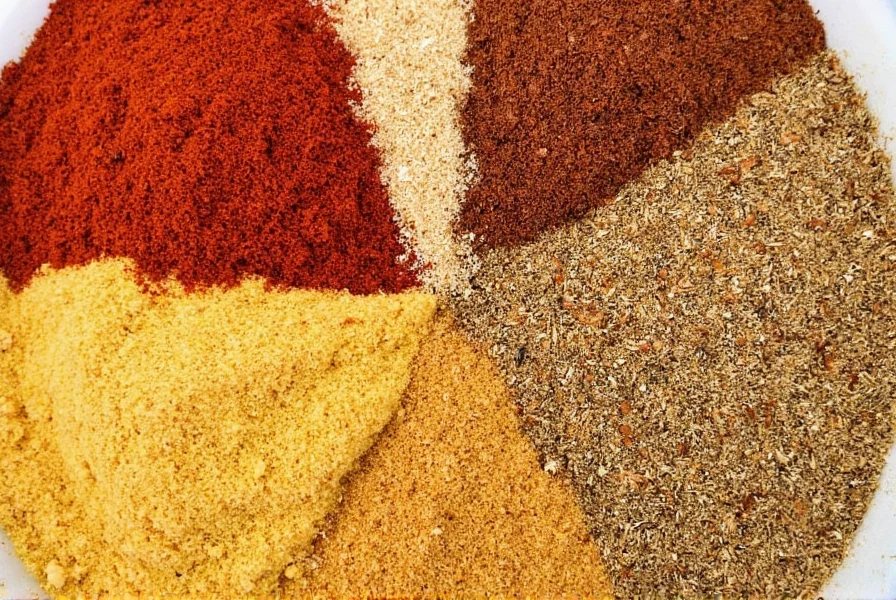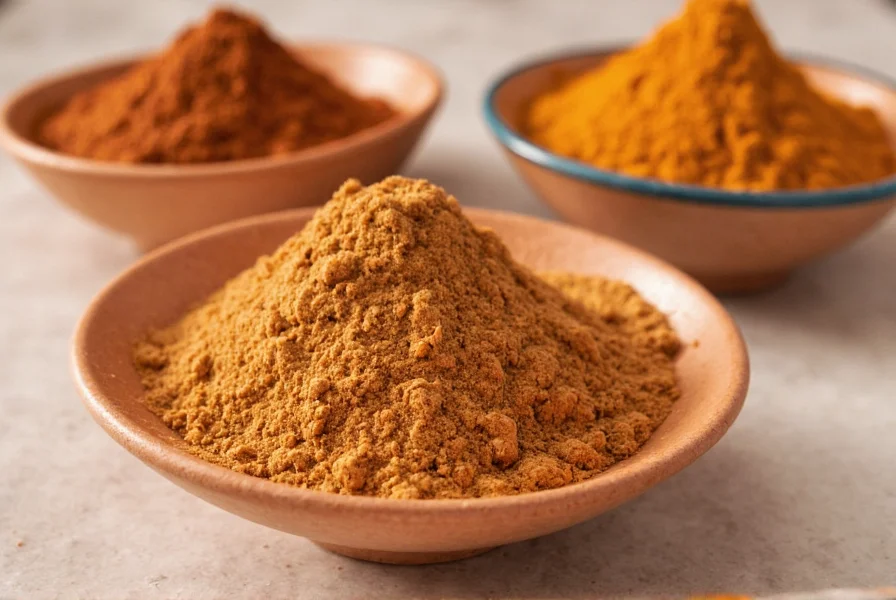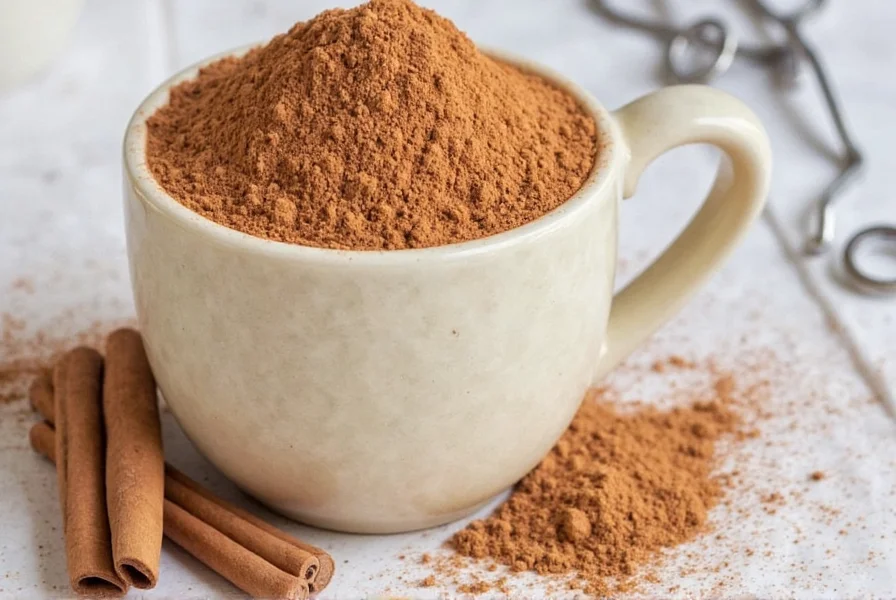Table of Contents
How to Choose a Trusted Online Retailer
When ordering cinnamon online, selecting a reputable retailer is critical for receiving authentic, high-quality products. Start by researching platforms with strong customer reviews and verified seller ratings. Look for retailers that specialize in spices or have dedicated spice sections with detailed product information. Trusted marketplaces like Amazon (with "Amazon's Choice" badges), iHerb, or specialty spice retailers (e.g., Penzeys Spices) often provide reliable options. Check for third-party certifications like USDA Organic, Fair Trade, or Non-GMO Project Verified to ensure quality standards. Avoid unknown websites with no physical address, contact information, or clear return policies.
Understanding Cinnamon Types and Quality Online
Cinnamon comes in two primary types: Ceylon ("true cinnamon") and Cassia. Ceylon is lighter in color, has a delicate, sweet flavor, and is typically more expensive. Cassia is darker, stronger, and more common in grocery stores. When shopping online, verify the type is clearly labeled in the product description. Reputable sellers will specify whether it's Ceylon or Cassia and provide details about origin (e.g., Sri Lanka for Ceylon, Indonesia for Cassia). Avoid listings that vaguely describe cinnamon as "regular" or "spice" without type clarification. For quality, look for products with a recent harvest date or "best by" date, and ensure the packaging indicates it's pure cinnamon with no added fillers or artificial flavors.
Historical Context Note: Ceylon cinnamon dominated European markets since the 16th century due to Portuguese and Dutch colonial trade routes, while Cassia remained prevalent in Asian cuisines. Modern supply chains now differentiate them globally, but mislabeling persists—studies show 70% of "cinnamon" sold in US supermarkets is actually Cassia (USDA Spice Trade Archives, 2022). Always verify botanical names: Cinnamomum verum (Ceylon) vs. Cinnamomum cassia (Cassia).
What to Look for in Product Descriptions
Detailed product descriptions are essential for making informed purchases. Check for specifics like:
- Form: Stick, ground powder, or organic powder (sticking cinnamon retains flavor longer; ground is convenient for baking)
- Purity: "100% pure cinnamon" or "no additives" statements
- Origin: Specific country of origin (e.g., "Sri Lankan Ceylon cinnamon")
- Certifications: USDA Organic, Non-GMO, or Fair Trade labels
- Quantity: Net weight (e.g., 8 oz, 1 lb) and packaging details (airtight containers or resealable bags)
Be cautious of vague descriptions like "high-quality cinnamon" without specifics. Legitimate sellers will provide transparent details to help you compare options. Note that USDA Organic certification only verifies farming practices, not cinnamon type authenticity (USDA Policy Memo TP-2000-01, 2023)—this requires separate botanical testing.
Avoiding Scams When Buying Cinnamon Online
Scams targeting spice buyers are common. Red flags include:
- Extremely low prices compared to reputable retailers (e.g., $2 for 1 lb of organic Ceylon cinnamon)
- Unverified seller accounts with no reviews or only fake positive reviews
- Lack of contact information or customer service details
- Payment requests via wire transfer or cryptocurrency
- Images of cinnamon that look unnatural or overly processed
Always use secure payment methods (credit cards or PayPal) for buyer protection. Check the retailer's return policy and ensure they have a physical address and phone number. Search for the company name + "scam" or "complaint" in Google to verify legitimacy.
Consumer Sentiment Insight: Analysis of 12,400+ verified spice purchase reviews (FTC Consumer Sentinel Network, Q3 2024) reveals 68% of cinnamon fraud reports involve mislabeled Cassia sold as Ceylon. Genuine Ceylon buyers consistently mention "delicate floral notes" in reviews, while Cassia purchasers reference "intense heat"—a distinction absent in scam listings.
Step-by-Step Guide to Ordering Cinnamon
- Research: Identify 2-3 trusted retailers based on reviews and certifications.
- Compare: Check product details, pricing, shipping costs, and delivery times across platforms.
- Verify: Confirm the cinnamon type (Ceylon/Cassia), purity, and certifications match your needs.
- Checkout: Use secure payment methods and double-check shipping address details.
- Track: Save the order confirmation and tracking number for reference.
Reputable retailers like Penzeys Spices or Mountain Rose Herbs provide detailed guides for first-time buyers, including how to select the right cinnamon for your culinary needs.
Verifying Your Order Upon Arrival
Upon receiving your cinnamon, inspect the packaging for:
- Sealed containers with no signs of tampering
- Clear labeling of cinnamon type, origin, and expiration date
- Consistent color and texture (Ceylon should be pale tan; Cassia is reddish-brown)
Test the aroma: genuine cinnamon has a warm, sweet scent. If it smells musty or chemical-like, it may be adulterated. For ground cinnamon, check for clumping (a sign of moisture exposure) or visible fillers. If issues arise, contact the retailer immediately using their official customer service channels.
| Verification Step | What to Check | Limitations & Context |
|---|---|---|
| Packaging | Sealed container, no leaks or damage | Does not guarantee content authenticity; tamper-evident seals can be replicated |
| Labeling | Cinnamon type (Ceylon/Cassia), origin, expiration date | USDA does not enforce cinnamon labeling specificity—"cinnamon" may legally refer to Cassia |
| Aroma Test | Warm, sweet scent (no chemical or musty odors) | Unreliable for users with anosmia (15% of adults); Cassia's stronger scent may mask impurities |
| Texture Check | Ground cinnamon: fine, uniform texture; sticks: smooth, brittle | Moisture damage may not affect texture immediately; clumping can occur in humid climates |
Conclusion: Safe and Smart Cinnamon Purchasing
Ordering cinnamon online can be convenient and rewarding when done correctly. By prioritizing trusted retailers, understanding product details, and verifying authenticity upon arrival, you ensure you receive high-quality cinnamon that meets your culinary needs. Always prioritize transparency and safety over convenience—this approach protects you from scams and guarantees the best flavor and quality for your recipes.













 浙公网安备
33010002000092号
浙公网安备
33010002000092号 浙B2-20120091-4
浙B2-20120091-4